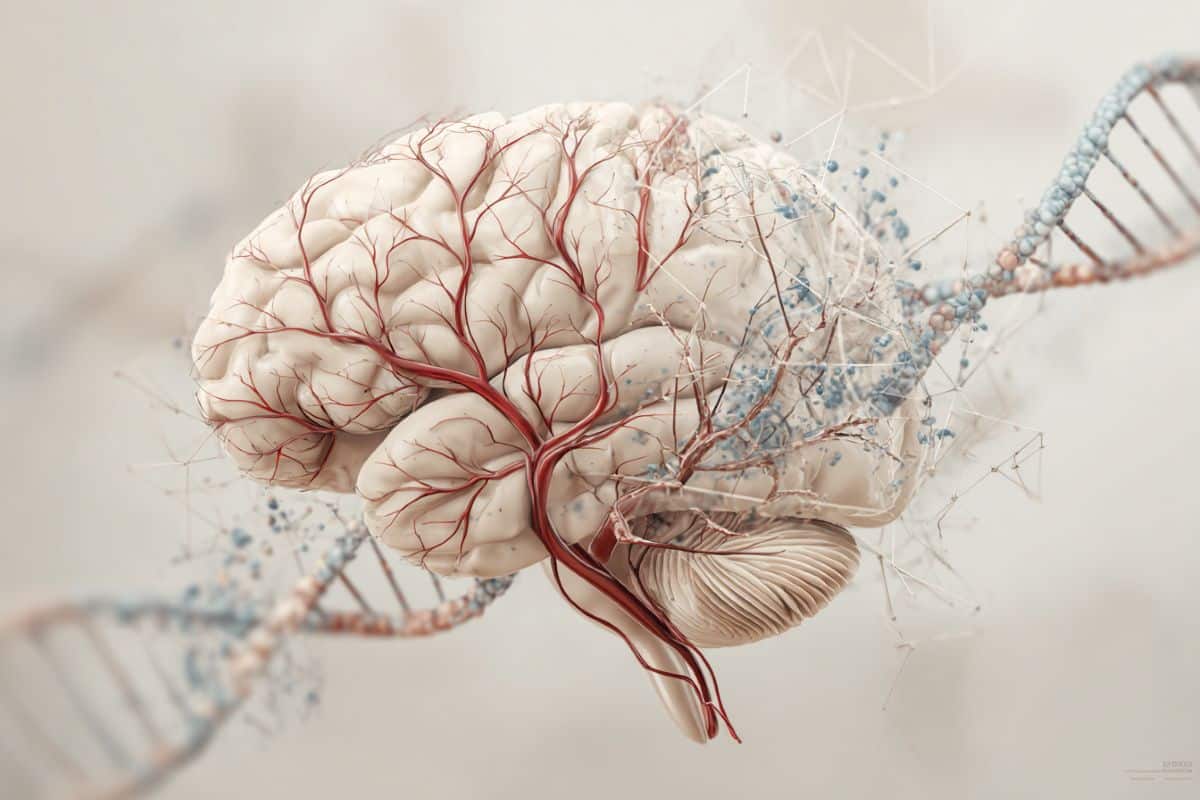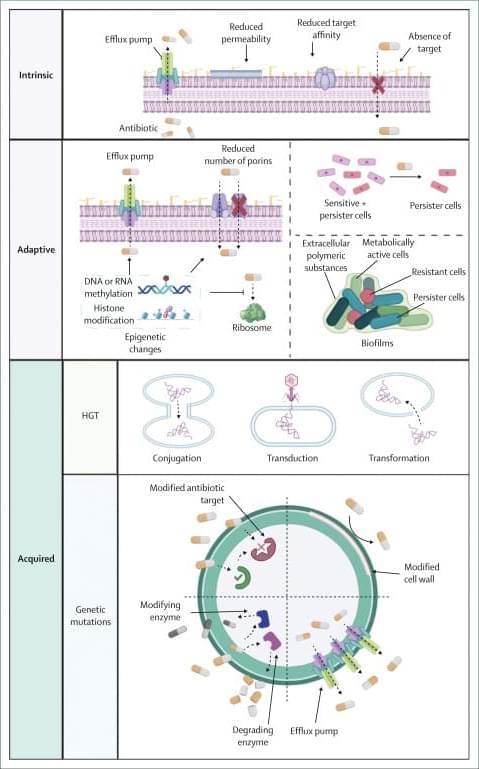Discover explores health technology innovations—from AI to neuroscience—and how they are transforming the future of medicine and mental health.



We owe a lot to tissue resident memory T cells (TRM). These specialized immune cells are among the body’s first responders to disease.
Rather than coursing through the bloodstream—as many T cells do—our TRM cells specialize in defending specific organs. They battle viruses, breast cancer, liver cancer, melanomas, and many other health threats.
Pandurangan Vijayanand, M.D., Ph.D., William K. Bowes Distinguished Professor at La Jolla Institute for Immunology (LJI), has even shown that a greater density of TRM cells is linked to better survival outcomes in lung cancer patients.



The CDC website now says: “The claim ‘vaccines do not cause autism’ is not an evidence-based claim…” Psychologist David Myers from Hope College summarizes the relevant evidence.
You are an educated reader, so I know that you know that vaccines do not cause autism. However, you probably have also read headlines such as the recent U.S. Health and Human Services release, “Autism Epidemic Runs Rampant.”

An experimental drug compound could prevent and treat some complications of diabetes, such as poor wound healing and rampant inflammation. And it works regardless of blood sugar control, a new study in mice and human cells suggests.
The cornerstone of diabetes care is keeping blood sugar in check through diet and exercise, by maintaining a healthy weight, and by injecting the hormone insulin to help shuttle glucose out of the bloodstream. But while maintaining blood sugar levels in a target range reduces the chance that diabetes complications will emerge, it doesn’t eliminate the risk.

Antimicrobial resistance (AMR) is a serious threat to global public health, with approximately 5 million deaths associated with bacterial AMR in 2019. Tackling AMR requires a multifaceted and cohesive approach that ranges from increased understanding of mechanisms and drivers at the individual and population levels, AMR surveillance, antimicrobial stewardship, improved infection prevention and control measures, and strengthened global policies and funding to development of novel antimicrobial therapeutic strategies.


“Our oral health is connected to our general health,” said Dr Sadia Niazi, a senior clinical lecturer in endodontology at King’s College London. “We should never look at our teeth or dental disease as a separate entity.”
Root canal treatment is one of the most common – and perhaps most feared – dental procedures, though much of the anxiety derives from myths and misconceptions that hark back to the days of poor anaesthetics. The treatment is performed to treat infection or damage to the tooth’s pulp, the soft inner tissue of a tooth that contains nerves, blood vessels and connective tissue.
Read More
If a looming root canal treatment is putting a dampener on the week, take heart: having the procedure can drive health benefits that are felt throughout the body, according to research.
Patients who were successfully treated for root canal infections saw their blood sugar levels fall significantly over two years, suggesting that ridding the body of the problematic bacteria could help protect against type 2 diabetes.
Dentists also saw improvements in patients’ blood cholesterol and fatty acid levels, both of which are associated with heart health. Yet more benefits were seen around inflammation, a driver for cardiovascular disease and other chronic conditions.

Amid the private sector’s race to lead artificial intelligence innovation, The University of Texas at Austin has strengthened its lead in academic computing power and dominance in computing power for public, open-source AI. UT has acquired high-performance Dell PowerEdge servers and NVIDIA AI infrastructure powered by more than 4,000 NVIDIA Blackwell architecture graphic processing units (GPUs), the most powerful GPUs in production to date.
The new infrastructure is a game-changer for the University, expanding its research and development capabilities in agentic and generative AI while opening the door to more society-changing discoveries that support America’s technological dominance. The NVIDIA GB200 systems and NVIDIA Vera CPU servers will be installed as part of Horizon, the largest academic supercomputer in the nation, which goes online next year at UT’s Texas Advanced Computing Center (TACC). The National Science Foundation (NSF) is funding Horizon through its Leadership Class Computing Facility program to revolutionize U.S. computational research.
UT has the most AI computing power in academia. In total, the University has amassed more than 5,000 advanced NVIDIA GPUs across its academic and research facilities. The University has the computing power to produce open-source large language models — which power most modern AI applications — that rival any other public institution. Open-source computing is nonproprietary and serves as the backbone for publicly driven research. Unlike private sector models, it can be fine-tuned to support research in the public interest, producing discoveries that offer profound benefits to society in such areas as health care, drug development, materials and national security.